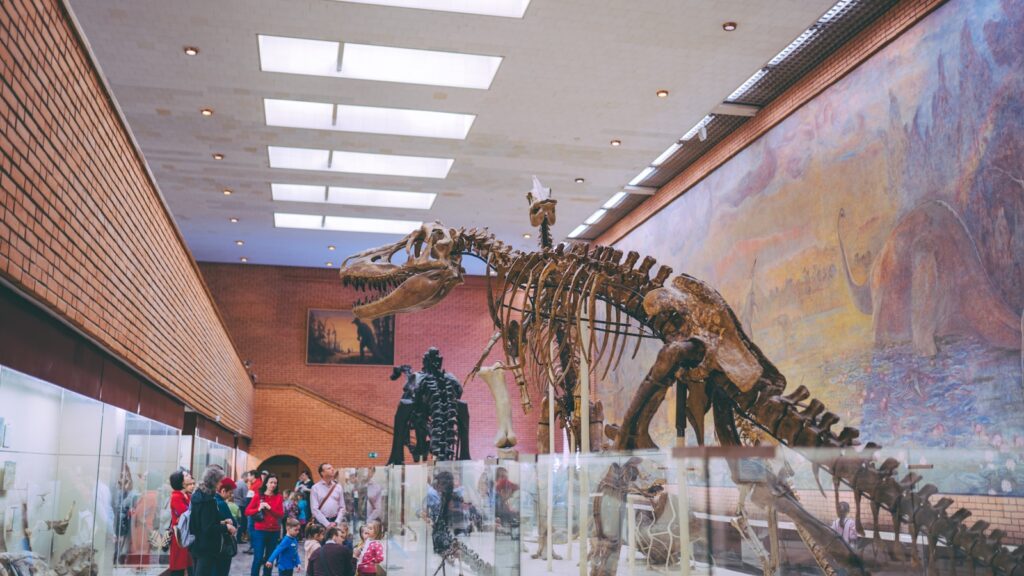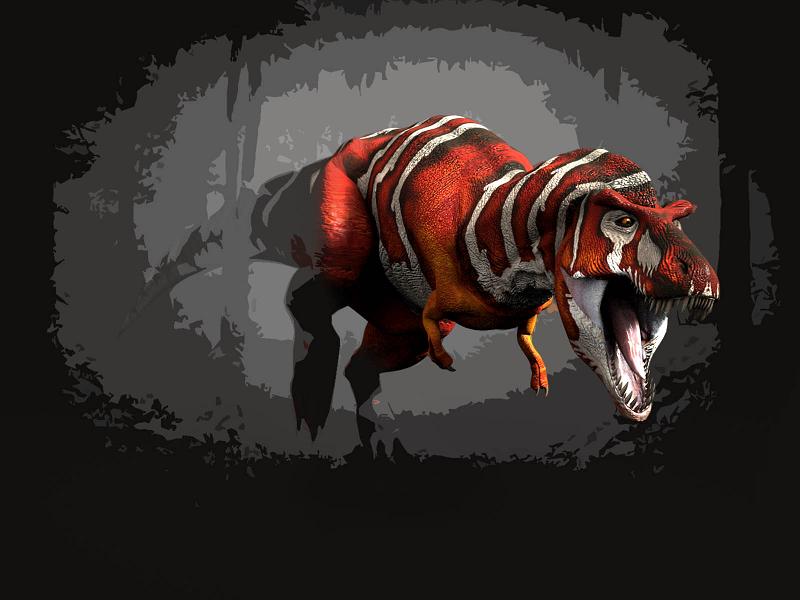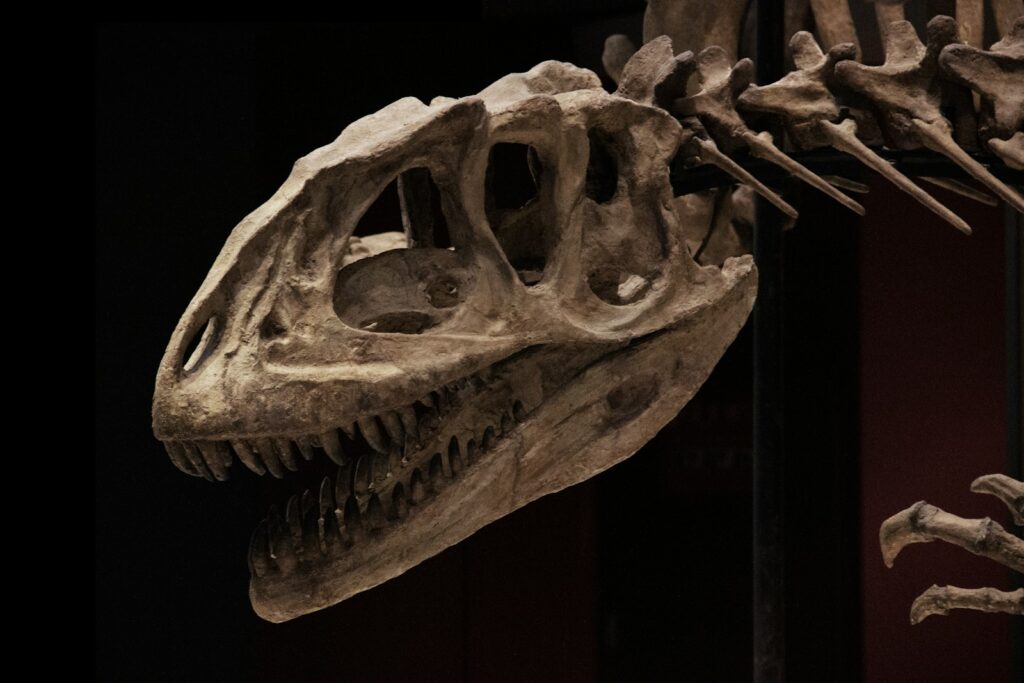The ground beneath your feet in Colorado once trembled with the footsteps of massive sauropods, while overhead, pterosaurs soared through ancient skies. This isn’t just imagination running wild – it’s scientific fact. The Denver Museum of Nature & Science stands as Colorado’s premier gateway to understanding the incredible prehistoric world that existed millions of years ago right here in the Rocky Mountain region.
The Jurassic Journey Begins
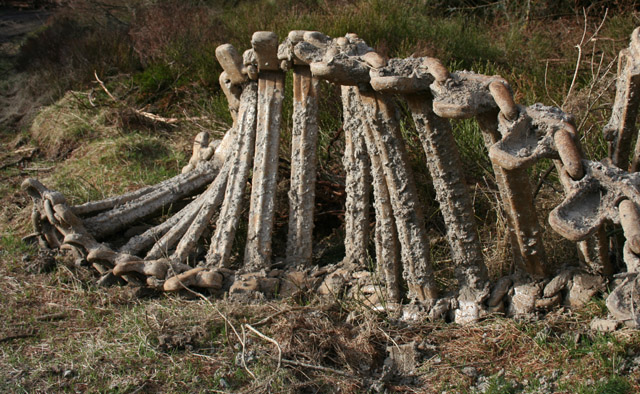
Walking through the museum’s prehistoric halls feels like stepping into a time machine. The moment you enter the Prehistoric Journey exhibit, towering skeletons greet you with an almost overwhelming sense of scale and wonder. These aren’t just replicas gathering dust – they’re authentic fossils that tell the story of creatures that once ruled this very landscape.
The museum’s collection includes some of the most significant dinosaur discoveries ever made in Colorado. From the iconic Allosaurus to the gentle giant Camarasaurus, each specimen represents years of painstaking excavation and scientific research. The sheer size of these ancient beasts becomes real when you’re standing beneath a 70-foot-long Diplodocus, craning your neck to see where it ends.
Colorado’s Dinosaur Gold Rush
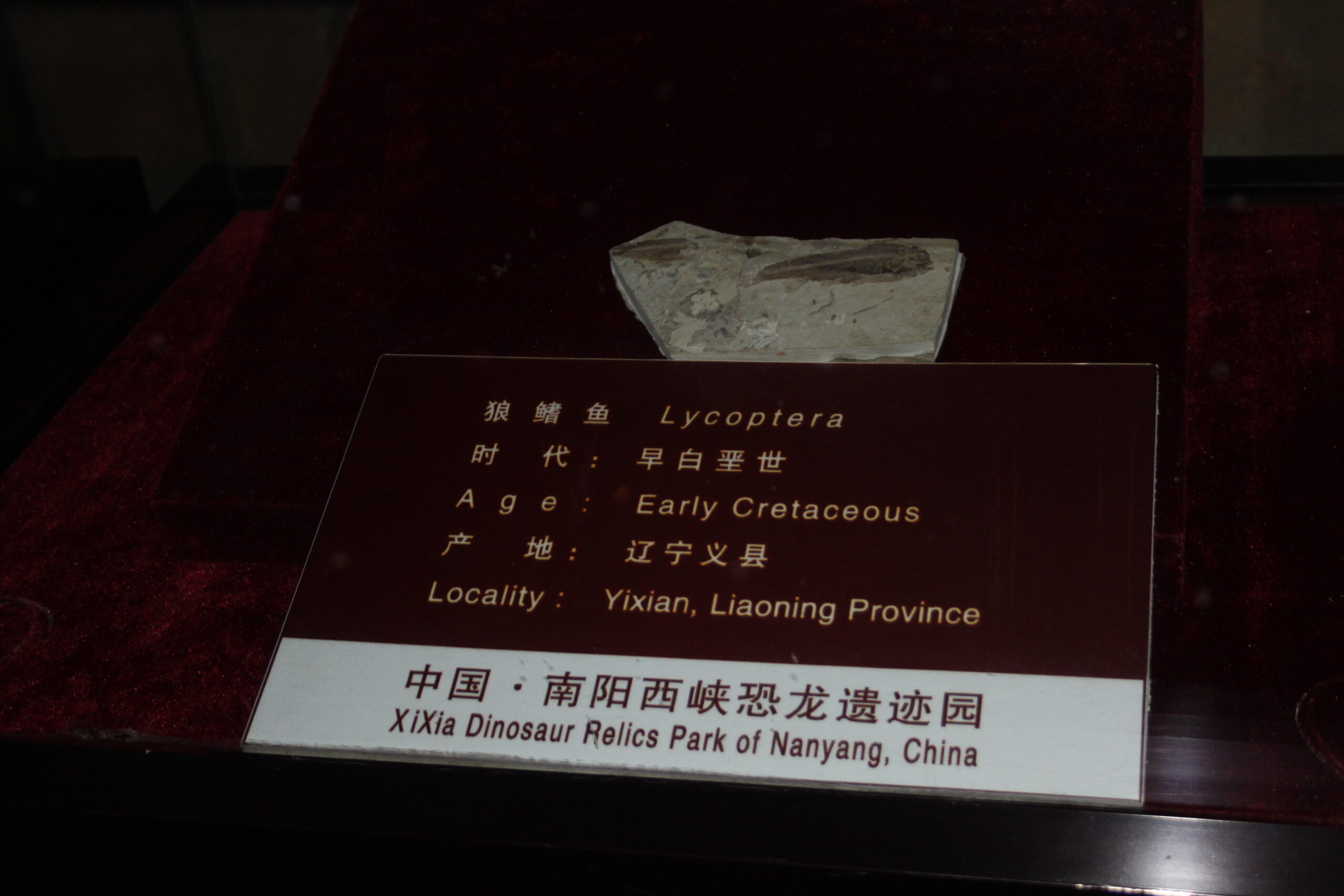
Colorado didn’t just stumble upon its dinosaur fame – it earned it through one of the most dramatic paleontological competitions in history. The late 1800s saw rival paleontologists Othniel Charles Marsh and Edward Drinker Cope racing to uncover new species in what became known as the “Bone Wars.” Their fierce rivalry led to some of the most important dinosaur discoveries in American history.
The museum showcases fossils from famous Colorado dig sites like Dinosaur Ridge and the Morrison Formation. These locations have produced more dinosaur species than almost anywhere else on Earth. When you see these specimens, you’re looking at creatures that lived in a Colorado that was vastly different from today – a lush, subtropical paradise filled with rivers, lakes, and dense forests.
The Star of the Show: Diplodocus
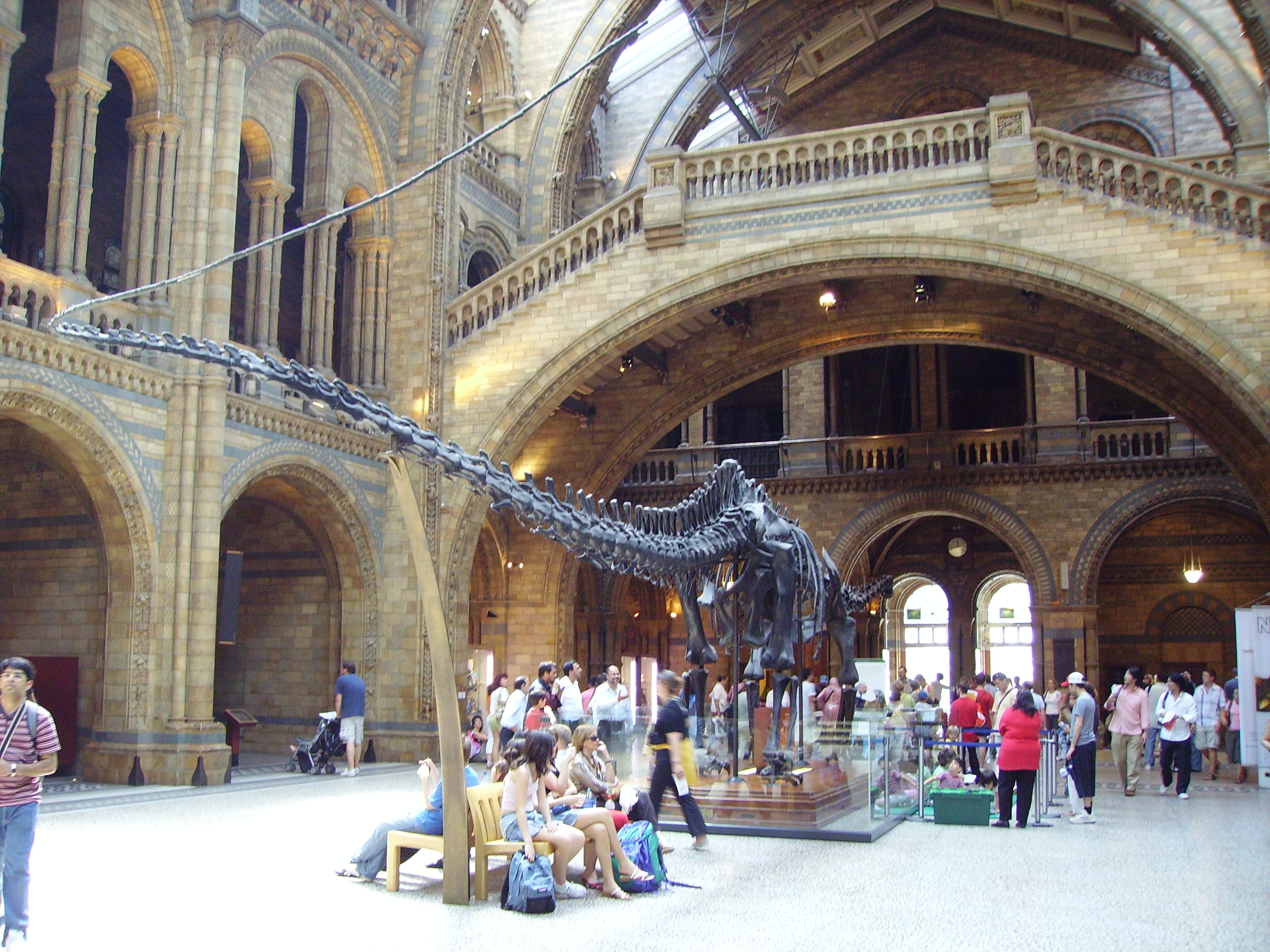
The museum’s crown jewel is undoubtedly its massive Diplodocus longus skeleton, affectionately known as “Dippy.” This particular specimen represents one of the most complete sauropod skeletons ever discovered, with bones so well-preserved that scientists can study everything from its diet to its likely behavior patterns.
Standing beneath Dippy’s enormous frame, visitors often ask the same question: how did something this massive actually move? The answer lies in the ingenious engineering of sauropod anatomy. Despite weighing as much as several elephants, these creatures had hollow bones and air sacs that made them surprisingly light for their size. Their long necks weren’t just for show – they allowed them to browse vegetation across a wide area without moving their massive bodies.
Predators of the Ancient West
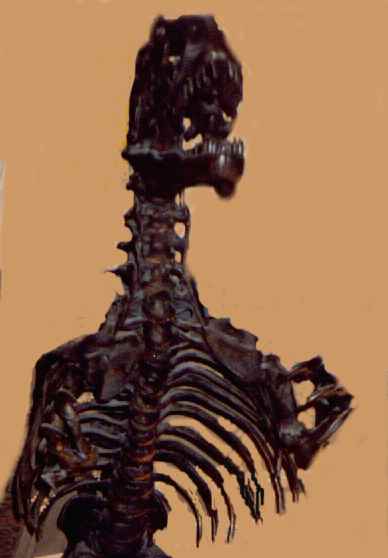
Not all of Colorado’s prehistoric residents were gentle giants. The museum’s Allosaurus fragilis skeleton tells a different story – one of apex predators that dominated the Late Jurassic landscape. This particular specimen, discovered in Colorado’s Morrison Formation, shows the incredible adaptations that made Allosaurus such an effective hunter.
The razor-sharp teeth, powerful claws, and muscular build of this predator paint a picture of life 150 million years ago that was far from peaceful. Evidence suggests these creatures may have hunted in packs, using coordinated attacks to bring down prey much larger than themselves. The museum’s interactive displays let you test your own bite force against an Allosaurus – spoiler alert: you won’t even come close.
The Science Behind the Skeletons
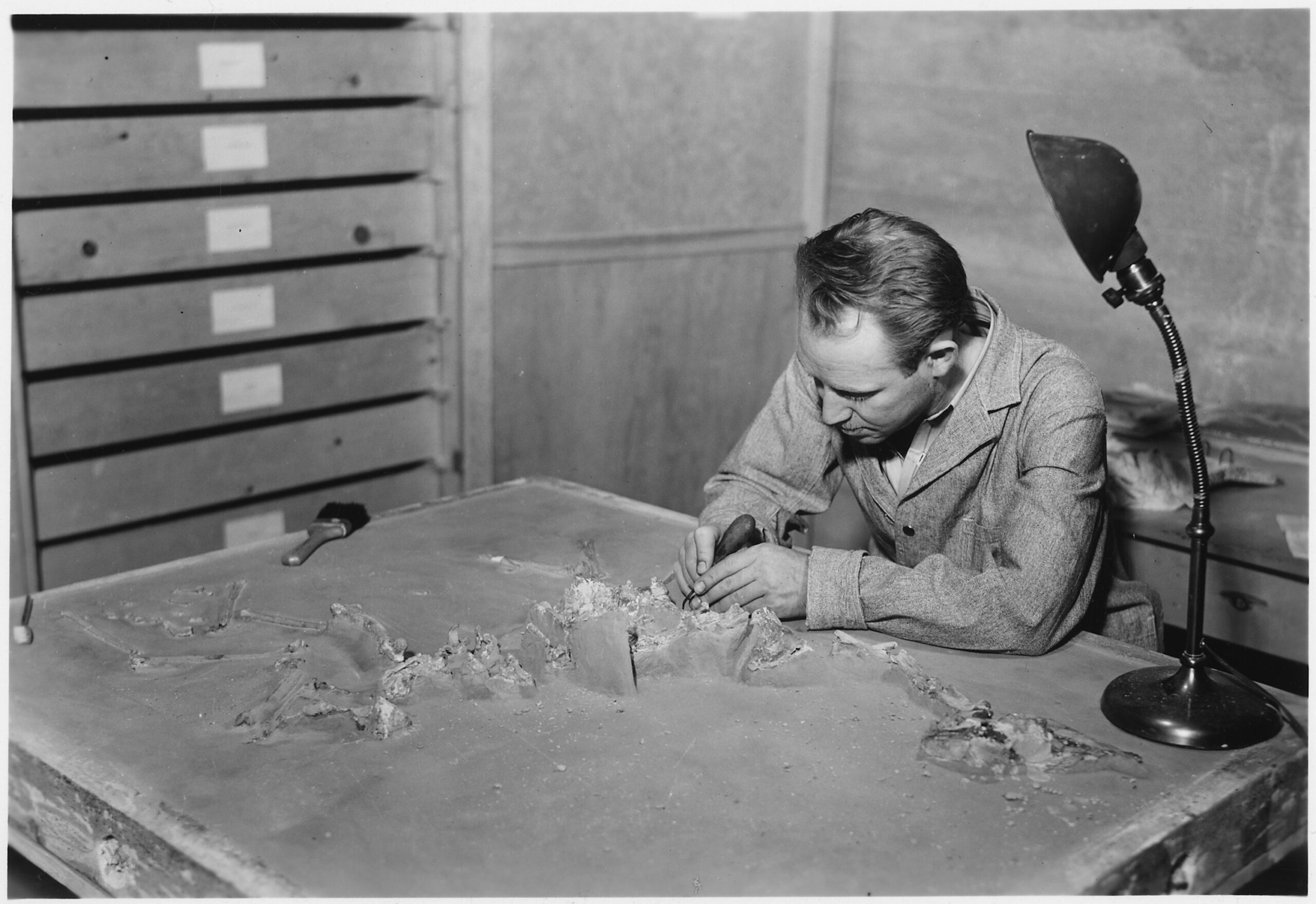
What makes the Denver Museum special isn’t just what’s on display – it’s the world-class research happening behind the scenes. The museum’s paleontology department actively participates in field research, with scientists regularly heading out to Colorado’s fossil-rich formations to uncover new discoveries.
Visitors can often glimpse this scientific process in action through the museum’s fossil preparation lab. Here, skilled technicians carefully remove millions of years of rock and sediment from newly discovered bones. It’s painstaking work that can take months or even years for a single specimen, but the results speak for themselves in the museum’s pristine displays.
Interactive Adventures in Deep Time
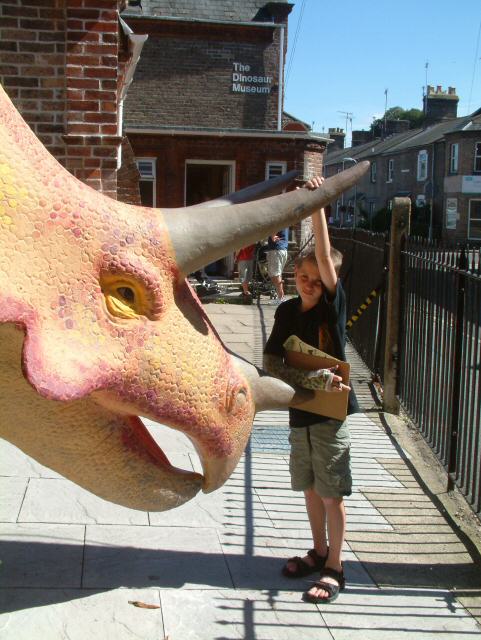
Modern museums have moved far beyond static displays, and the Denver Museum embraces this evolution with enthusiasm. Their interactive exhibits allow visitors to dig for fossils themselves, experience what it might have felt like to be a paleontologist during the great dinosaur discoveries of the 1800s.
The museum’s virtual reality experiences transport you directly into prehistoric Colorado. You can walk alongside a herd of Triceratops, watch a Tyrannosaurus rex hunt, or soar through ancient skies with pterosaurs. These immersive experiences help bridge the gap between scientific knowledge and emotional connection, making the distant past feel immediate and real.
Colorado’s Changing Prehistoric Landscape
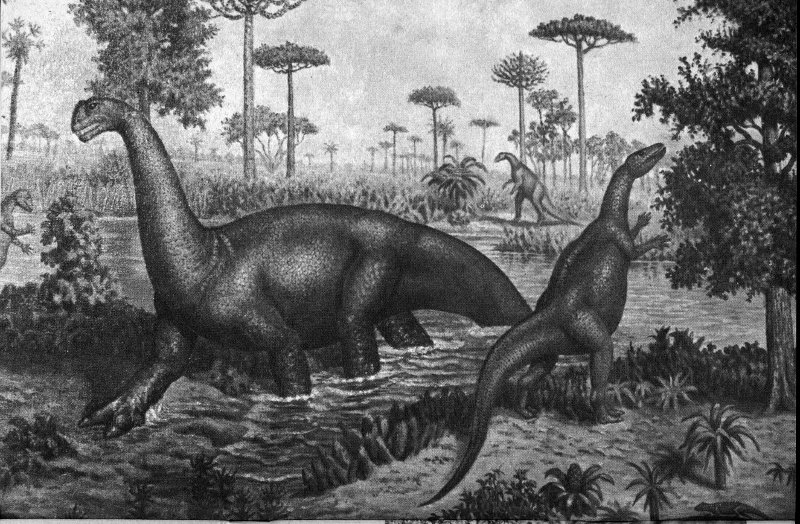
Understanding Colorado’s dinosaur past means understanding how dramatically the landscape has changed over millions of years. During the Jurassic period, when many of the museum’s specimens lived, Colorado was positioned much closer to the equator. The climate was warm and humid, with vast inland seas and lush vegetation supporting diverse ecosystems.
The museum’s geological displays show how the Rocky Mountains weren’t even a twinkle in the Earth’s eye during the age of dinosaurs. Instead, low-lying plains and meandering rivers created the perfect conditions for preserving the fossils we see today. This geological context helps visitors understand not just what lived here, but why these creatures thrived in ancient Colorado.
The Morrison Formation: Colorado’s Fossil Treasure Trove
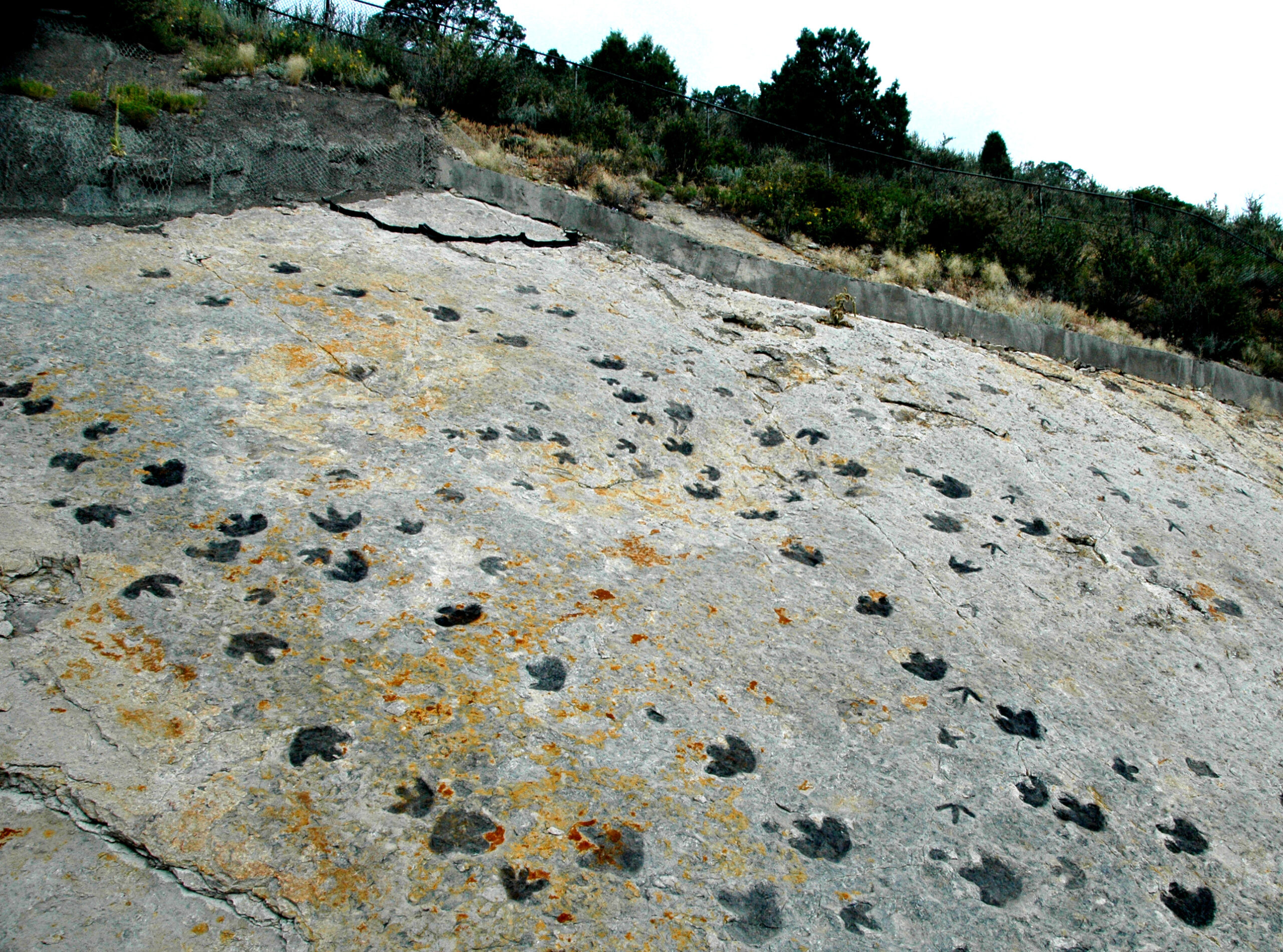
No discussion of Colorado’s dinosaur heritage would be complete without diving deep into the Morrison Formation. This geological unit, exposed across much of the American West, represents one of the most important fossil deposits in the world. The Denver Museum’s collection draws heavily from this formation, which has produced more dinosaur species than almost any other location on Earth.
The Morrison Formation tells the story of the Late Jurassic period, roughly 156 to 145 million years ago. During this time, Colorado was a very different place – a vast floodplain crossed by rivers and dotted with lakes. The museum’s exhibits help visitors visualize this ancient landscape and understand how seasonal flooding and rapid burial created the perfect conditions for fossilization.
Beyond Dinosaurs: The Complete Ecosystem
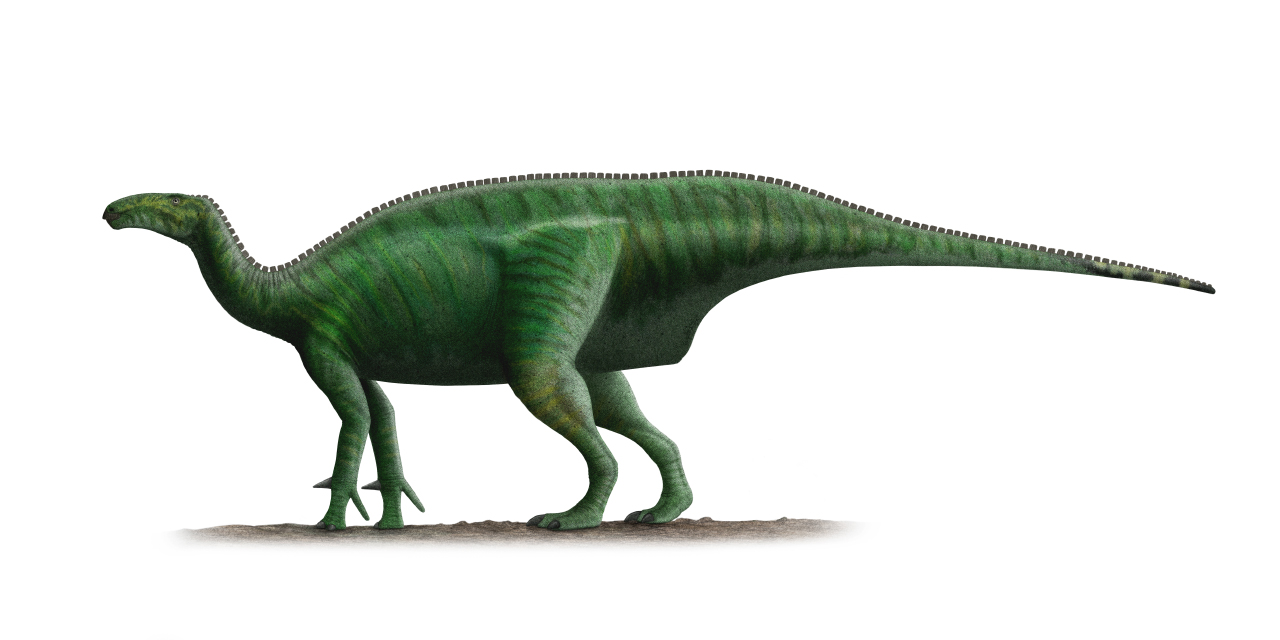
While dinosaurs might grab the headlines, Colorado’s prehistoric past includes a rich tapestry of other life forms. The museum showcases ancient crocodiles, early mammals, flying reptiles, and marine creatures that lived in the inland seas that occasionally covered parts of Colorado.
These supporting players in the prehistoric drama help paint a more complete picture of ancient ecosystems. Tiny mammal fossils show our own distant ancestors scurrying beneath the feet of giants. Ancient fish and marine reptiles remind us that Colorado’s geological history includes periods when parts of the state were underwater. This broader perspective helps visitors understand that the age of dinosaurs was about entire ecosystems, not just individual species.
The Art of Fossil Preparation
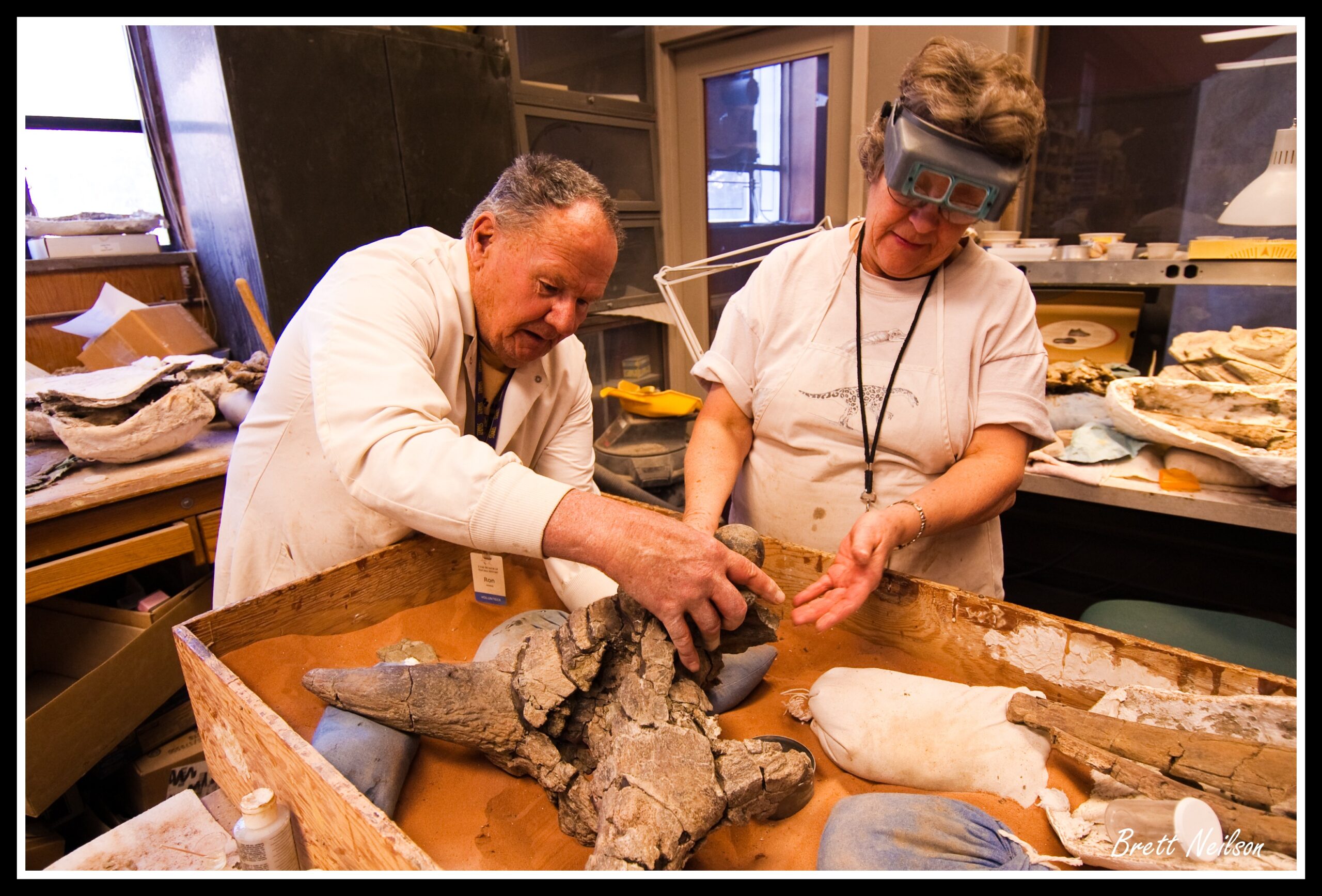
One of the museum’s most fascinating behind-the-scenes processes is fossil preparation. This meticulous work involves carefully removing matrix rock from fossils using everything from dental picks to pneumatic tools. The museum’s preparation lab, visible to visitors, demonstrates just how much skill and patience goes into creating the pristine displays that amaze visitors.
Each fossil presents unique challenges. Some are preserved in hard sandstone that requires careful mechanical removal, while others are found in softer sediments that can be dissolved away with weak acids. The preparators working on these specimens are part scientist, part artist, and part detective, piecing together fragmentary remains to reveal complete skeletons.
Educational Programs and Future Paleontologists
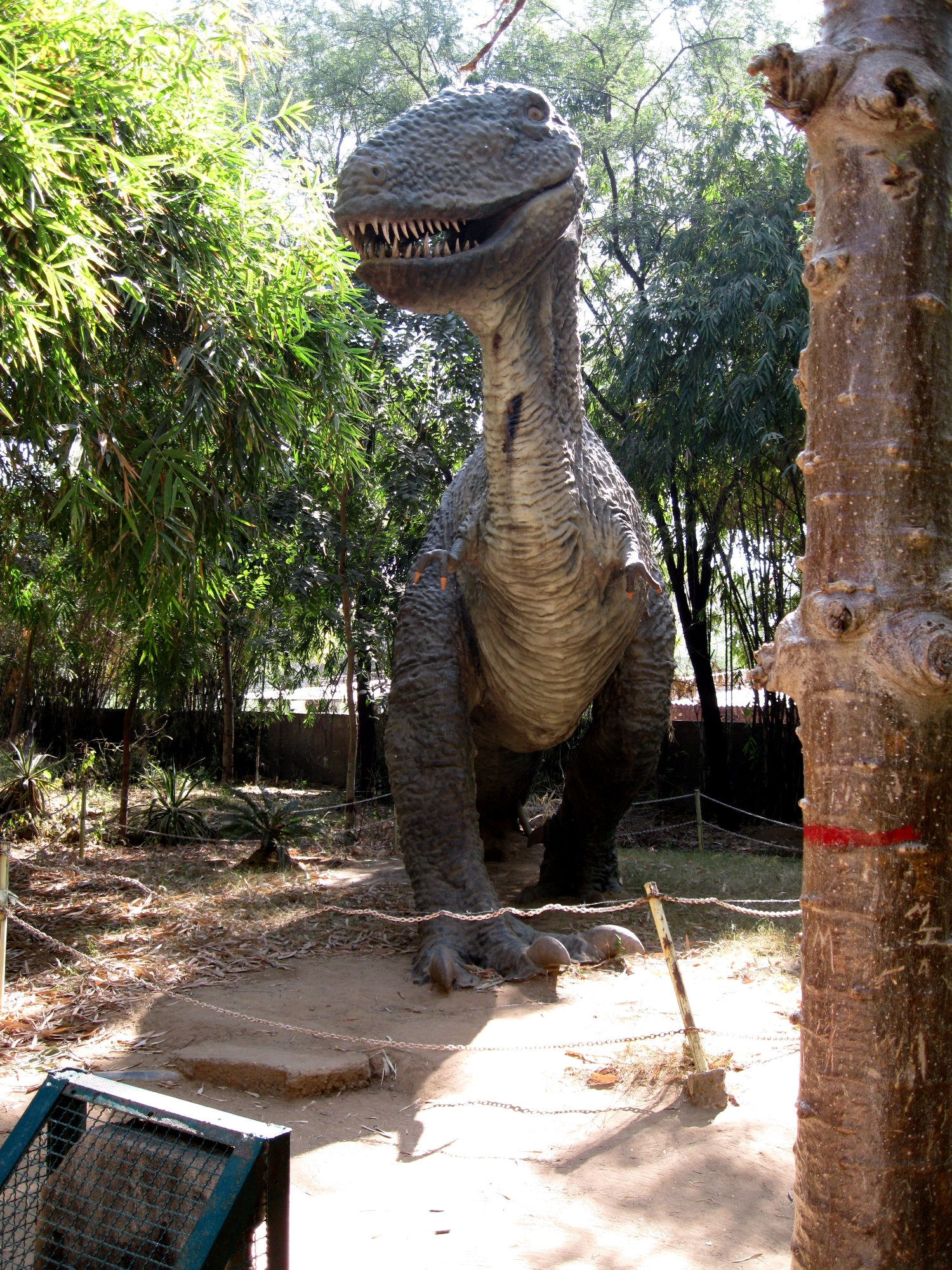
The Denver Museum doesn’t just display fossils – it actively cultivates the next generation of paleontologists and earth scientists. Their educational programs range from summer camps for young fossil hunters to advanced workshops for amateur collectors. These programs emphasize hands-on learning, taking participants into the field to experience the thrill of discovery firsthand.
The museum’s partnership with local schools brings prehistoric Colorado directly into classrooms across the region. Students don’t just read about dinosaurs – they handle real fossils, participate in simulated excavations, and learn about the scientific method through paleontological research. This approach helps ensure that Colorado’s rich fossil heritage continues to inspire future generations of scientists.
Conservation and Preservation Efforts
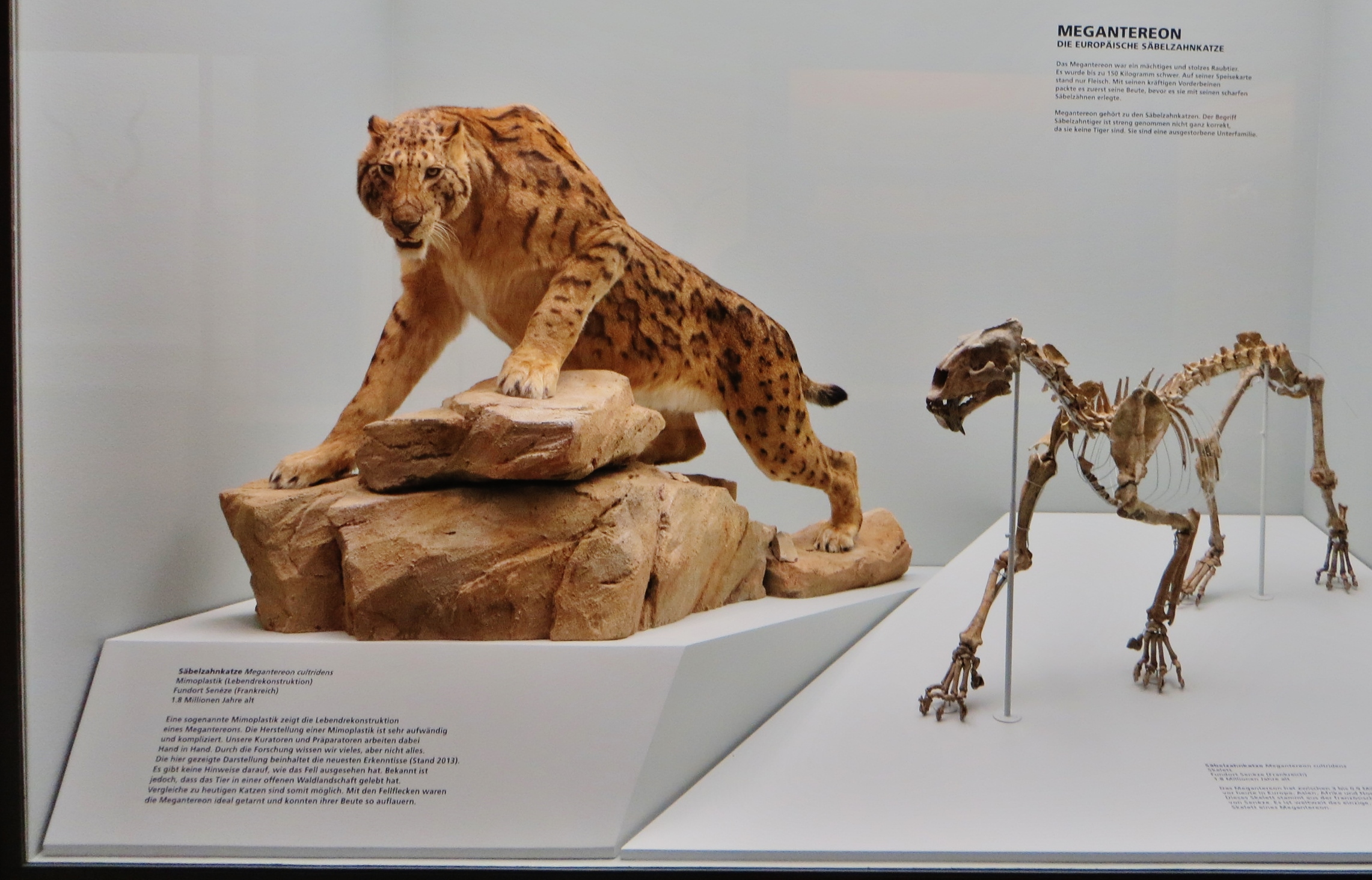
Preserving Colorado’s fossil heritage for future generations requires ongoing conservation efforts. The museum works closely with land management agencies, private landowners, and amateur collectors to ensure that significant discoveries are properly documented and preserved. This collaborative approach helps protect fossil sites from vandalism and illegal collection while promoting responsible fossil hunting.
The museum’s conservation laboratory uses cutting-edge techniques to stabilize and preserve fossils for long-term study and display. Climate-controlled storage facilities house thousands of specimens not currently on display, ensuring they remain available for future research. Advanced imaging techniques allow scientists to study fossils without damaging them, revealing internal structures and details invisible to the naked eye.
The Ongoing Story of Discovery
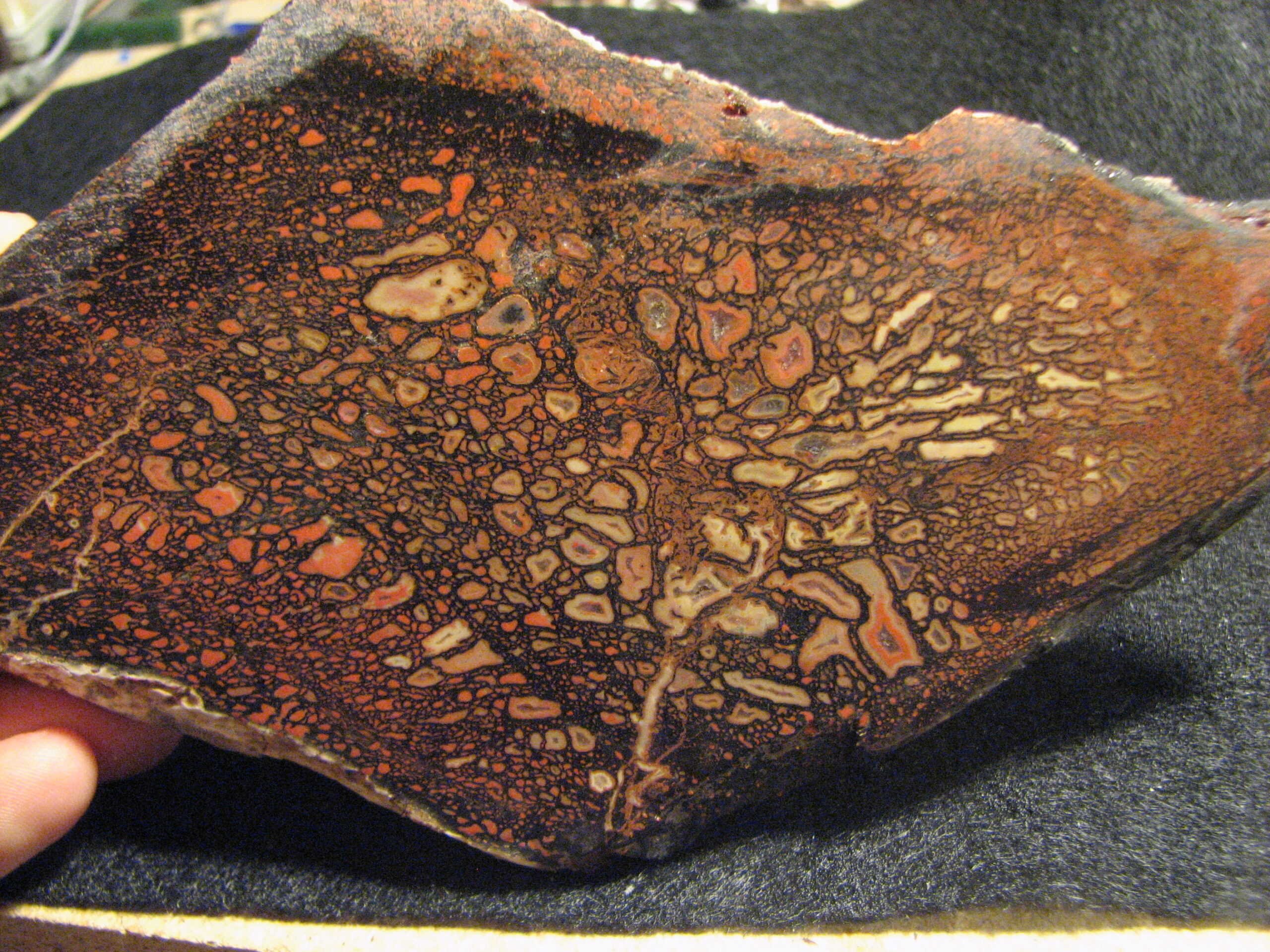
Colorado’s dinosaur story is far from over. New discoveries continue to emerge from the state’s fossil-rich formations, often rewriting our understanding of prehistoric life. The museum actively participates in this ongoing research, with scientists regularly publishing new findings in prestigious scientific journals.
Recent discoveries have revealed new species of dinosaurs, provided insights into ancient climate patterns, and even uncovered evidence of dinosaur behavior and social structures. Each new find adds another piece to the puzzle of Colorado’s prehistoric past, ensuring that the museum’s exhibits remain current and scientifically accurate.
Planning Your Journey Through Deep Time
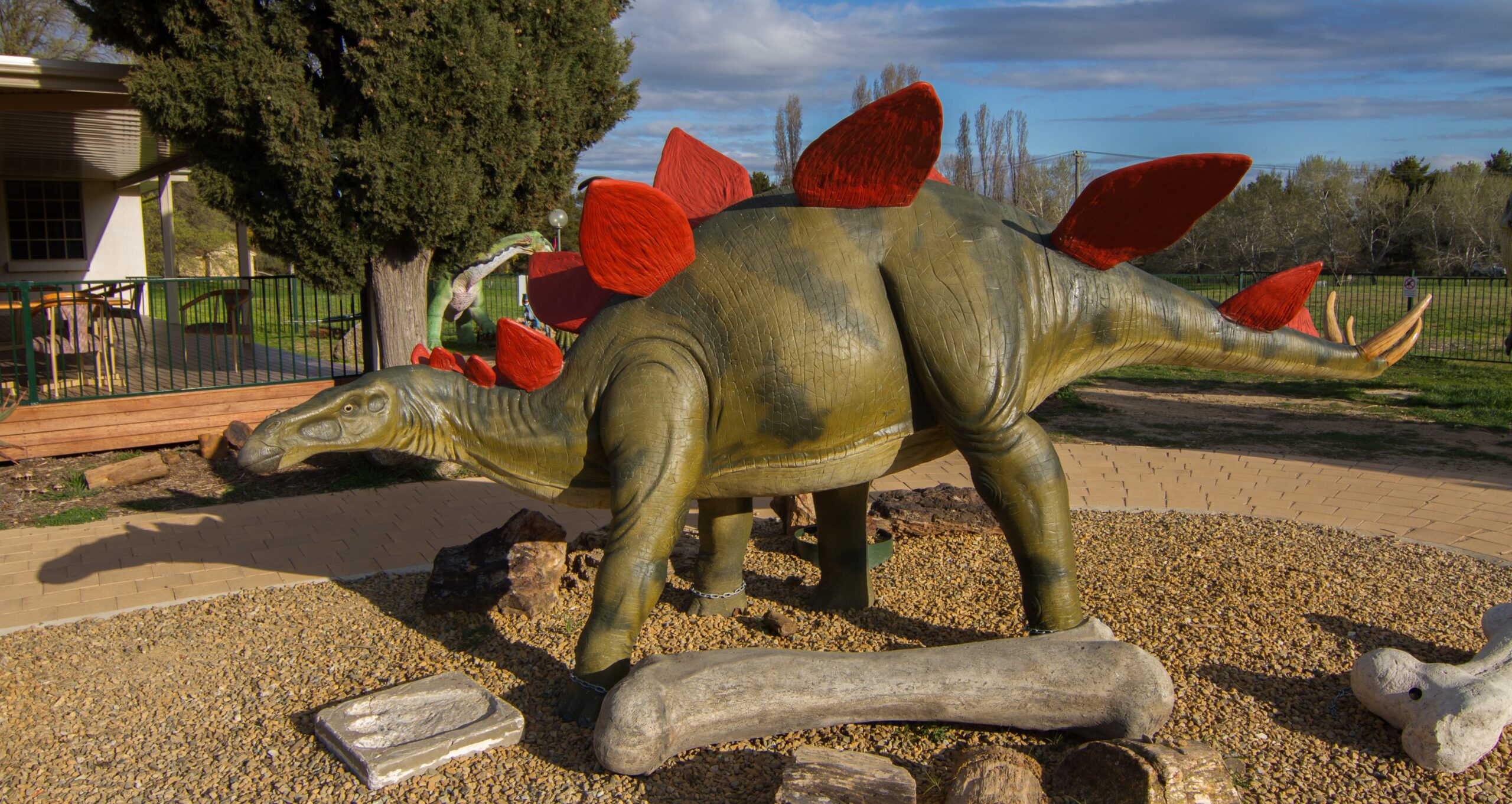
A visit to the Denver Museum of Nature & Science offers more than just a glimpse into Colorado’s dinosaur past – it provides a transformative experience that connects visitors to the deep history of their home state. The museum’s extensive exhibits, world-class research facilities, and educational programs make it a premier destination for anyone interested in paleontology and natural history.
The museum’s location in Denver provides easy access to actual fossil sites throughout Colorado. Many visitors use their museum experience as a launching point for visits to Dinosaur National Monument, Fossil Butte National Monument, and other significant paleontological sites throughout the region. This combination of museum education and field experience provides a comprehensive understanding of Colorado’s incredible prehistoric heritage.
Colorado’s dinosaur legacy lives on through the dedicated work of scientists, educators, and enthusiasts who continue to uncover and share the state’s remarkable prehistoric past. The Denver Museum of Nature & Science serves as both guardian and interpreter of this heritage, ensuring that the giants of Colorado’s past continue to inspire and educate visitors from around the world. Every fossil on display represents millions of years of Earth’s history, preserved in stone and waiting to tell its story to anyone curious enough to listen. What stories will future discoveries reveal about the incredible world that existed beneath our feet?

